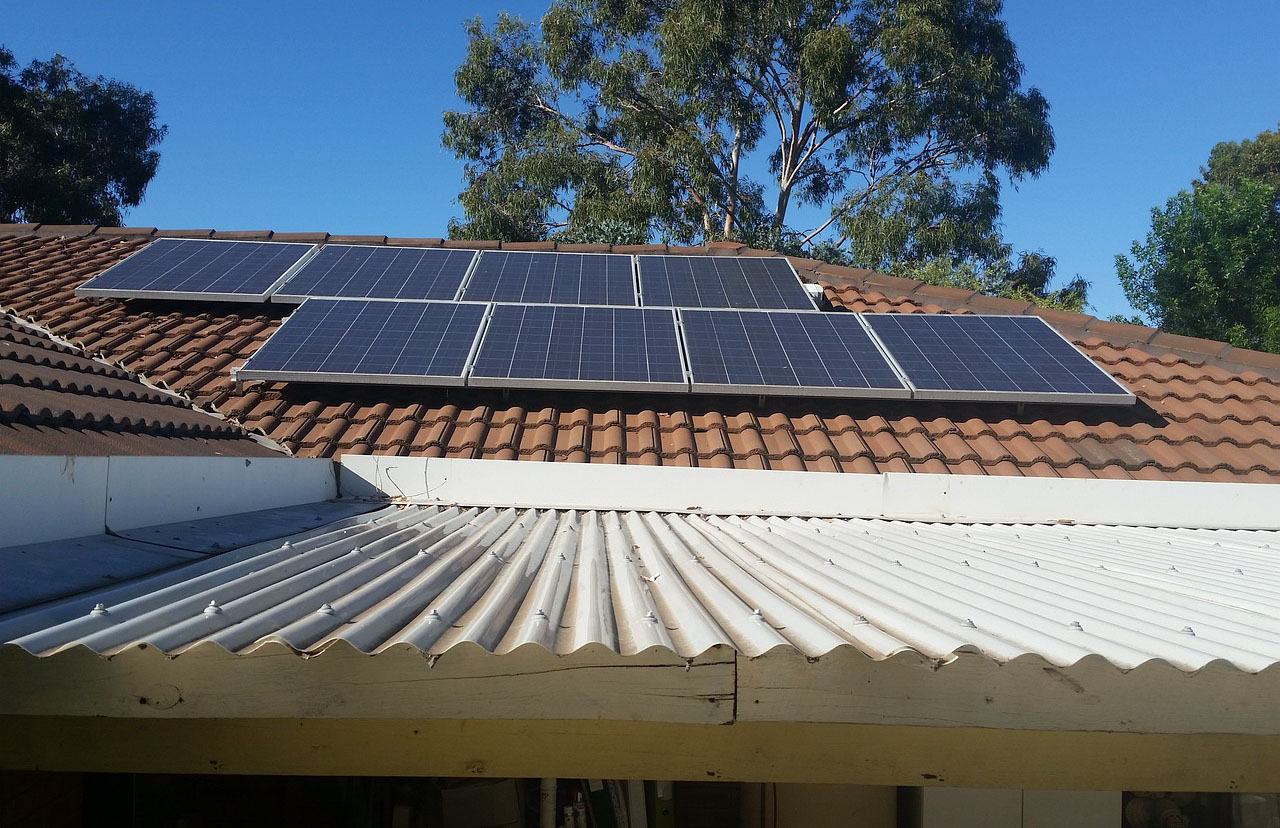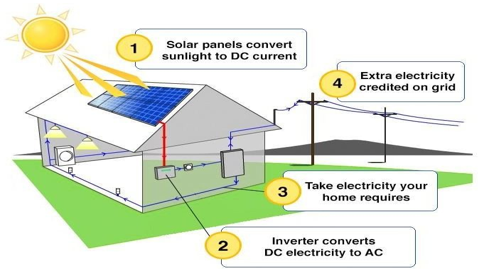In a world that increasingly values sustainable and renewable energy sources, rooftop solar systems have emerged as a practical and eco-friendly solution for homeowners and businesses alike. These systems have the power to transform your rooftop into a clean energy generator, and in this article, we'll provide a basic overview of rooftop solar systems and explain how they work
At its core, a rooftop solar system consists of solar panels (also known as photovoltaic or PV panels) mounted on the rooftop of a building, which harness sunlight and convert it into electricity. This electricity can then be used to power your home or business, reducing your reliance on conventional grid electricity and lowering your energy bills.

1. Solar Panels: These are the star players of the system. Solar panels are made up of solar cells that contain semiconductor materials, typically silicon. When sunlight strikes these cells, it excites electrons, generating direct current (DC) electricity.
2. Inverter: The DC electricity generated by the solar panels needs to be converted into alternating current (AC) electricity, which is what most homes and businesses use. The inverter performs this crucial conversion.
3. Mounting Structure: Solar panels are mounted on a sturdy structure on your rooftop to ensure they are securely positioned to capture sunlight efficiently.
4. Metering Equipment: Net metering equipment is installed to measure the electricity generated by your solar panels. Any excess electricity produced can be fed back into the grid, earning you credits on your electricity bill.

1. Sunlight Absorption: During the day, sunlight falls onto the solar panels, striking the solar cells within them. The energy from the sunlight excites electrons in the cells, creating an electric current.
2. Direct Current (DC) Generation: The excited electrons generate DC electricity within the solar panels. This DC electricity is then sent to the inverter.
3. Inversion to Alternating Current (AC): The inverter plays a critical role by converting the DC electricity into AC electricity, which is compatible with your home's electrical systems.
4. Powering Your Home or Business: The converted AC electricity can now be used to power your lights, appliances, and other electrical devices. Any excess electricity generated is either stored in batteries (if you have a battery storage system) or sent back to the grid.
5. Metering and Billing: The net metering equipment tracks the electricity production and consumption. When your solar panels generate more electricity than you use, the excess is credited to your account, potentially reducing your monthly electricity bill.
Rooftop solar systems offer a multitude of benefits:
In conclusion, rooftop solar systems are a sustainable and financially advantageous way to harness the power of the sun to meet your electricity needs. By converting sunlight into electricity through solar panels and a supporting system, you can enjoy cleaner energy and potentially lower utility bills. Consider reaching out to a professional solar installer to explore how rooftop solar can benefit your home or business.